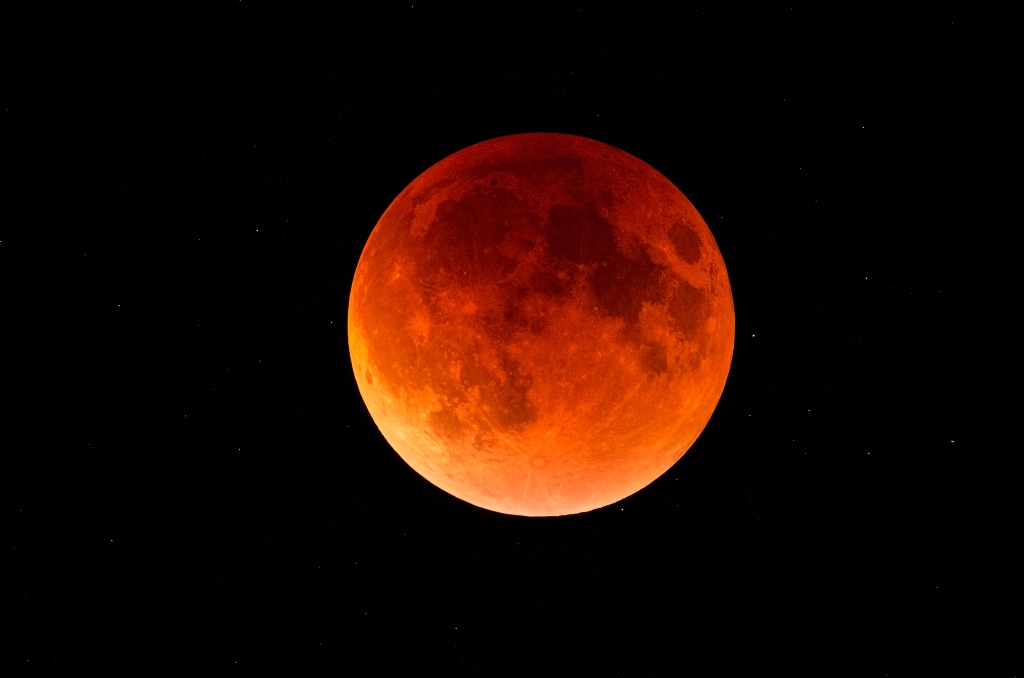Blood Moon – Courtesy: Shutterstock – Image by Chris Harwood
The Earth, sun, and moon put on a celestial show this weekend as it unfolded Sunday night into early Monday in the U.S.
The eastern half of North America and all of South and Central America were prime areas to view the eclipse, while partial stages were visible across Europe, Africa, and the Middle East.
The first total lunar eclipse visible from the Sunshine State came out just before 10:30 p.m. on Sunday. Afternoon showers and clouds lingered into the start of the eclipse.
Why does a lunar eclipse occur?
When the moon passes through Earth’s shadow, a lunar eclipse occurs.
The moon appears to turn “blood red” as it moves further into the shadow during a total lunar eclipse. This occurs when sunlight passes through particles in the Earth’s atmosphere and becomes scattered, which is also what gives sunsets their color. Because orange and red have wavelengths in the color spectrum that are longer than average, they tend to pass through the atmosphere instead of scattering away. That color is then refracted onto the moon’s surface.
Earth’s hard shadow will take a bite out of the moon during this part of the eclipse. It will start to turn red as the moon moves deeper into Earth’s shadow. The best part of the show, when the moon is completely covered in Earth’s shadow, started at 11:29 p.m.
The maximum eclipse took place at 12:11 a.m. Most of the cloud cover and storms began to dissipate for the main event.
The moon kept its blood-red look until 12:53 a.m and started to move out of Earth’s shadow after 12:53 a.m.
The eclipse continued as a partial eclipse until 1:55 a.m, completely exiting Earth’s shadow at 2:50 a.m.
It was difficult to notice anything happening to the moon after 1:55 a.m. as the move moved out of the darkest part of Earth’s shadow.
The entire eclipse unfolded in the southeast sky and did not require glasses to view.
The second total lunar eclipse of the year will happen in November. This one will also last a long time, starting at 4:09 a.m. and ending as the moon sets right before 7 a.m. The remaining of the eclipse will happen below the horizon, not visible in Central Florida. Europe and Africa will be the best places to see it, but not the Americas.
The next one isn’t until 2025.
Make sure you are staying up-to-date with the latest and most important Florida news with Florida Insider. Whether you are interested in business, education, government, history, sports, real estate, nature, weather, or travel: we have something for everyone. Follow along for the best stories in the Sunshine State.

